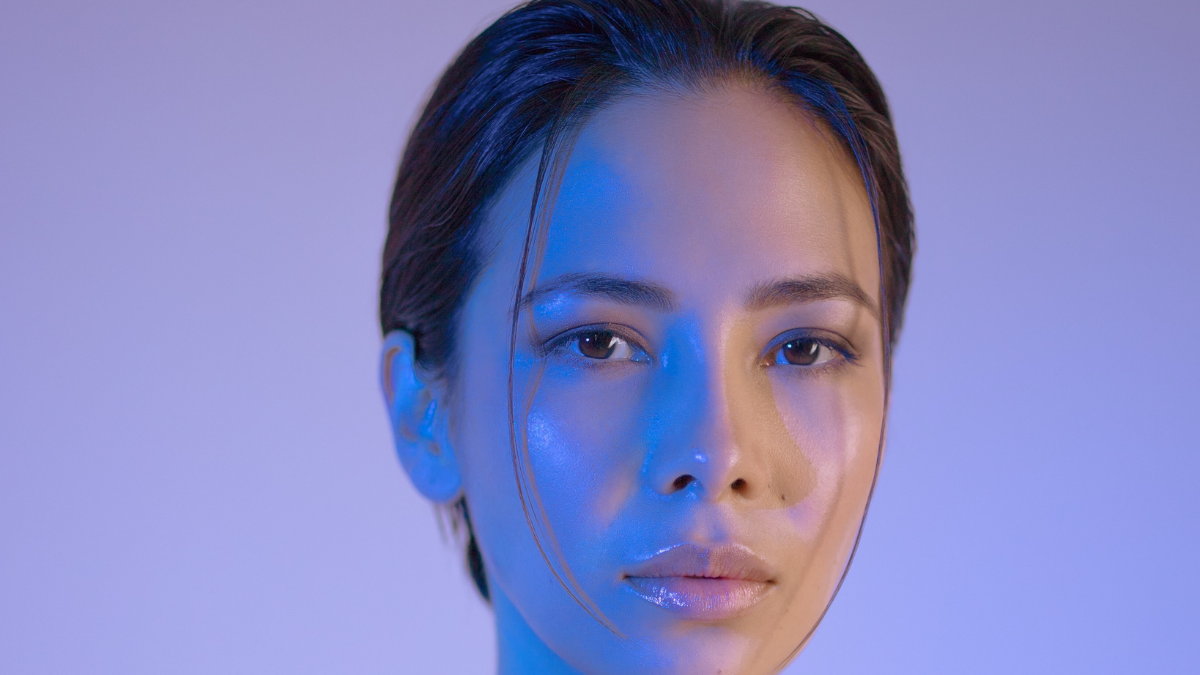Girls have plenty of masks to wear — is it because there are a lot of products to sell, or is it something else? It all started with Yankee Candle’s abstract scents, Pinterest mood boards, and the starter pack trend, which seemed to perfectly encapsulate every aspect of humanity. Now there are thousands of micro-aesthetics trying to describe every existent mood. Zoomers (Gen Z) and millennials love to aestheticise their lifestyles in every single detail. It’s a way to achieve a specific idea of ourselves or romanticise what we can’t fix; because feeling like we are in those movies we all grew up with makes life somehow more manageable. It’s the same for our brain with categorising, especially when something has a lot of shades and dimensions, like girlhood.
Girl internet is taking over social media trends
Apparently, there are a lot of ways of being a girl: you can be a tomato girl, a clean girl, a soft girl or simply, that girl. All these micro-aesthetics live under a bigger storytelling created in the last years to point at our complexity. So everything a woman does, like a specific #girlwalk, can be a whole identity or story being aestheticised in a cluster of trends on social media. The trends can evolve and be the mirror of a whole conversation about feminism and society that is happening both online and offline.
For example, Megan Thee Stallion’s 2019 Hot Girl Summer wanted to inspire confidence and female power by being the heart of the party. After years of struggling to join this mood and a world pandemic, in 2023 we’ve seen an evolution in the conversation brought alive by the trend of #RatGirlSummer and #GoblinMode.
If we look closer at some of these clusters, they seem to be just a different way to tell the same thing. But despite the redundancy, the result is that it’s ‘Girls Era’ everywhere. In fact, the majority of aesthetics and ‘cores’ on the internet are related to girlhood storytelling, with whom girls and part of the queer community are reappropriating the narrative. Everything which is perceived as being silly, just because it is ‘girly’, can be recoded by being a brilliant feminist bimbo.
And femininity is no longer just about being soft and polite — it can be loud and messy while expressing the deepest female rage.
It’s no surprise that this phenomenon is spread by the marginalised and discriminated ones, those who strive for community and control of their story and identity.
As Jessica Roy said for The New York Times: ‘Young people, predominantly girls, are yearning for identity and community. We’re pushed more and more towards buying things and making buying things our identity. These trends predominantly focus around fashion and beauty standards, which are seen as being a feminine, girly thing that you shouldn’t ascribe time to.‘
At the same time, fighting stereotypes that build on aesthetics through their related trending products is addressed as a consumeristic behaviour, and a backfire on reclaiming an authentic identity.
How influencers and brands are changing product storytelling
When does this funny quiz-like attitude start to begin an identity crisis? And not just because you fit both thot and goth, but because everyone seems to wear the same mask with the excuse to express themselves better.
Often it starts from a big influencer or showbiz personality, like what happened with Kim Kardashian and Kylie Jenner. Their appearance in the 10s expressed a whole new way of being hot and feminine, the elements were so precise and simple that turned into a new aesthetic which could be capitalised on because the steps to emulate it are simply represented by products: a lipstick kit and skin toned shapewear, more precisely Kylie Cosmetics and Skims.
From this, a lot of minor brands joined the marathon to capture attention by proposing mock-ups of products and changing the whole catalogue and communication strategy.
Like happened for Refy Beauty’s campaign shot in Amalfi Coast in a 4:3 ratio, inspired by Mediterranean vintage fascination comeback, which peaked with tomato girls, slow living vlogs and a Mamma Mia TikTok obsession.
Clearly, social media plays a crucial part in this phenomenon. It’s not a case that community commerce exploded on TikTok with #TikTokMadeMeBuyIt first and then brands’ capitalisation on this trend, like L’Oreal did.
Tons of hashtags and videos are only about what is like to be a clean girl, and gets easy to assume that in order to achieve that tag on your sense of self, the first step is introducing new products in your daily life, because that aspirational type of girl would have a cute lunch box like this.
De-influencing in order to refuse consumeristic definitions
In the summer of 2023, we seemed to discover a shade of blue: blueberry milk. The blueberry milk nails trend has saturated the internet, it’s difficult to understand which was born first: the social trend or the products.
Culture and fashion have always been like this and we know that both are a mirror of each other in an infinite loop. But the blueberry milk nails controversy has put a spotlight on the way we are being trapped in these commercially profitable trend mechanics that can be exploited by brands without us even noticing.
We are oscillating between taking action against clusterisation and also being excited when the new trend comes out, because being a character gives us a script and a way to connect with others.
Featured image: Aiony Haust / Pexels

